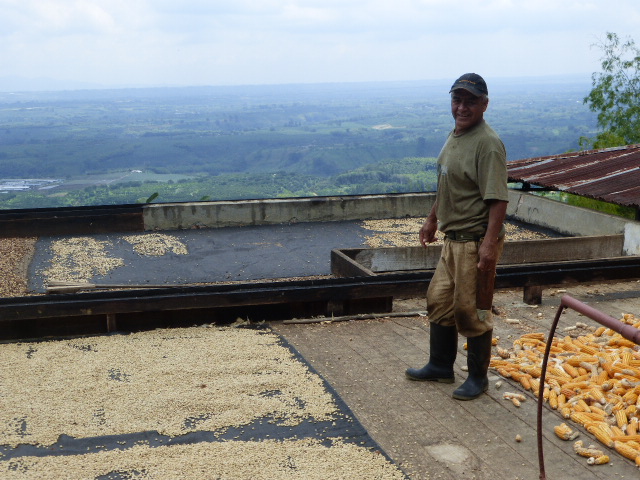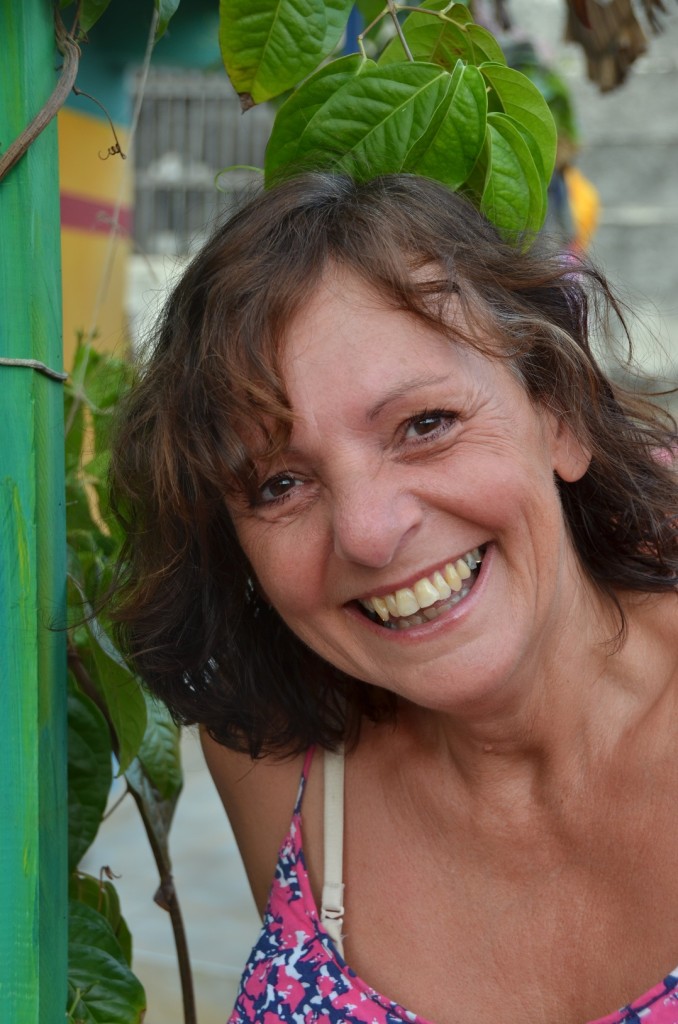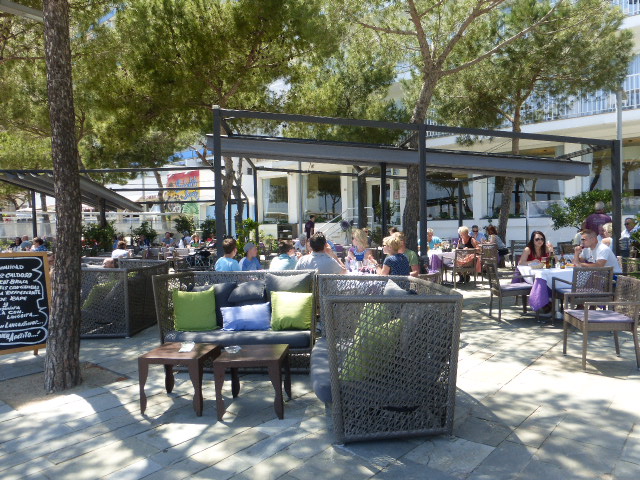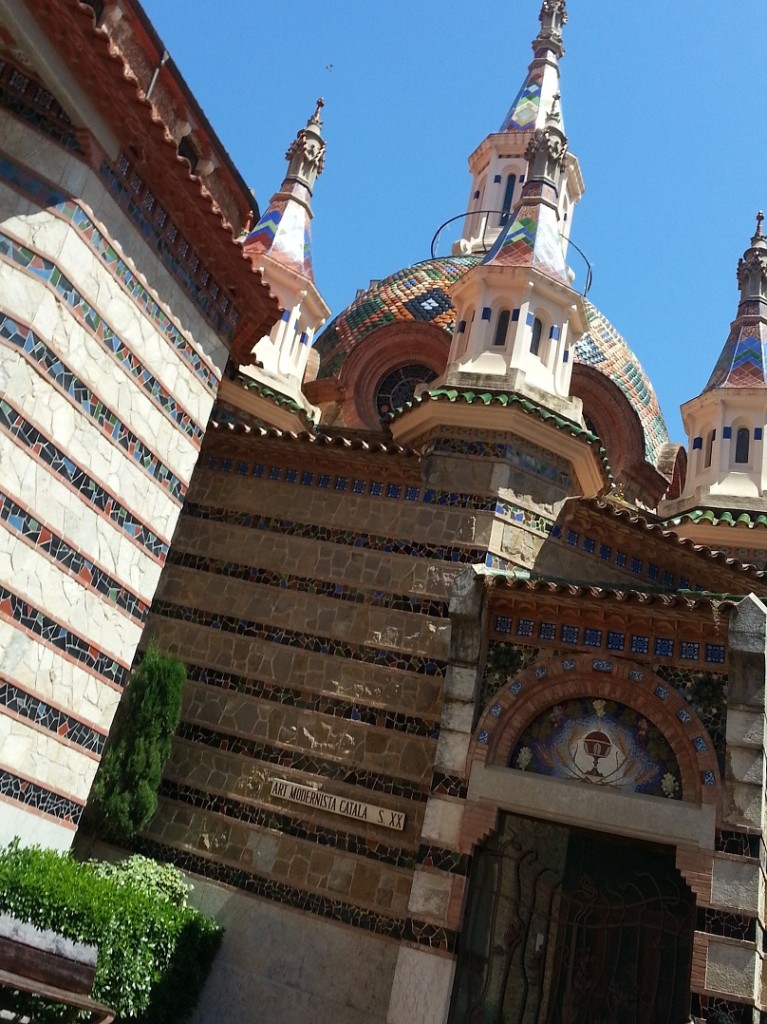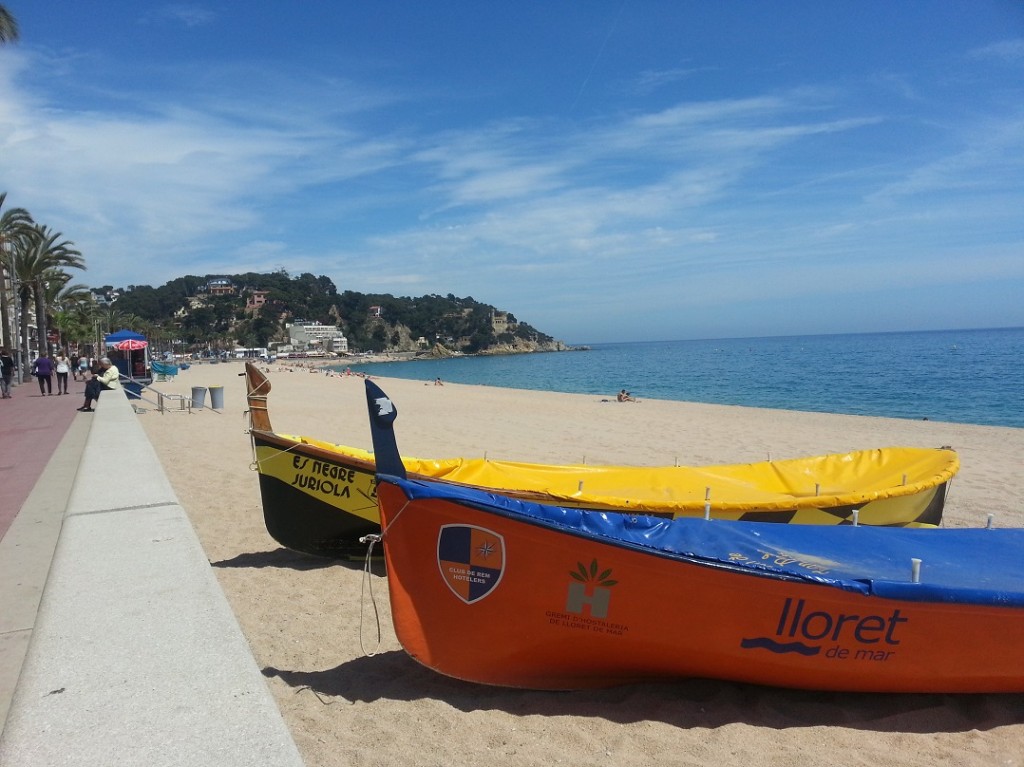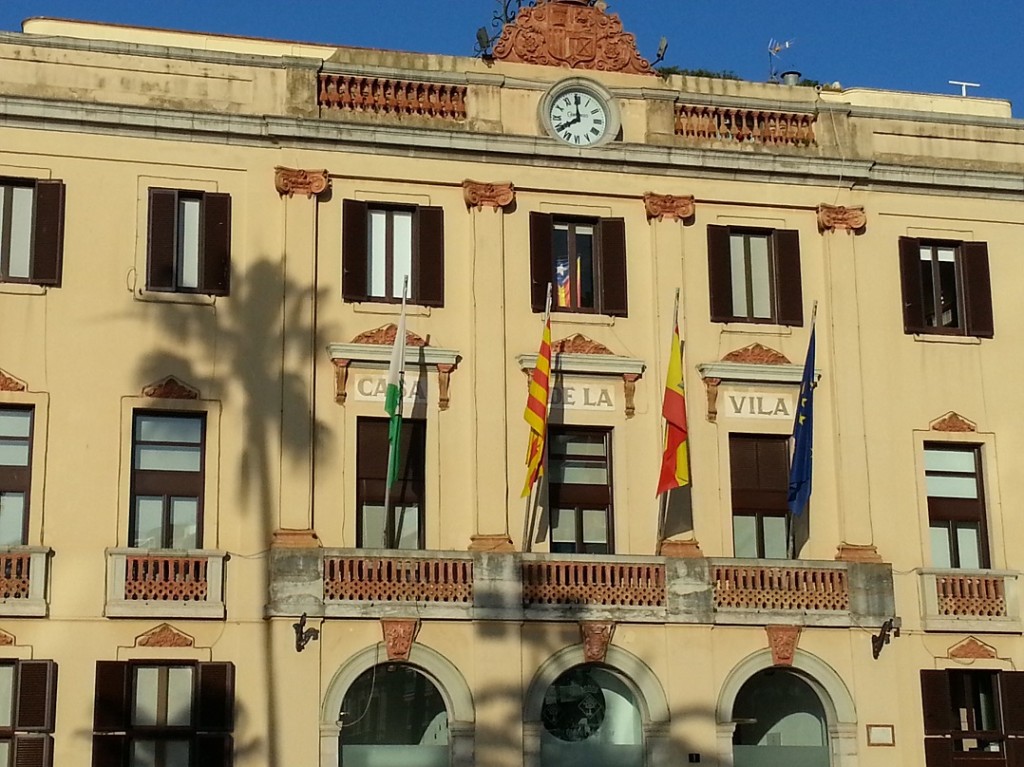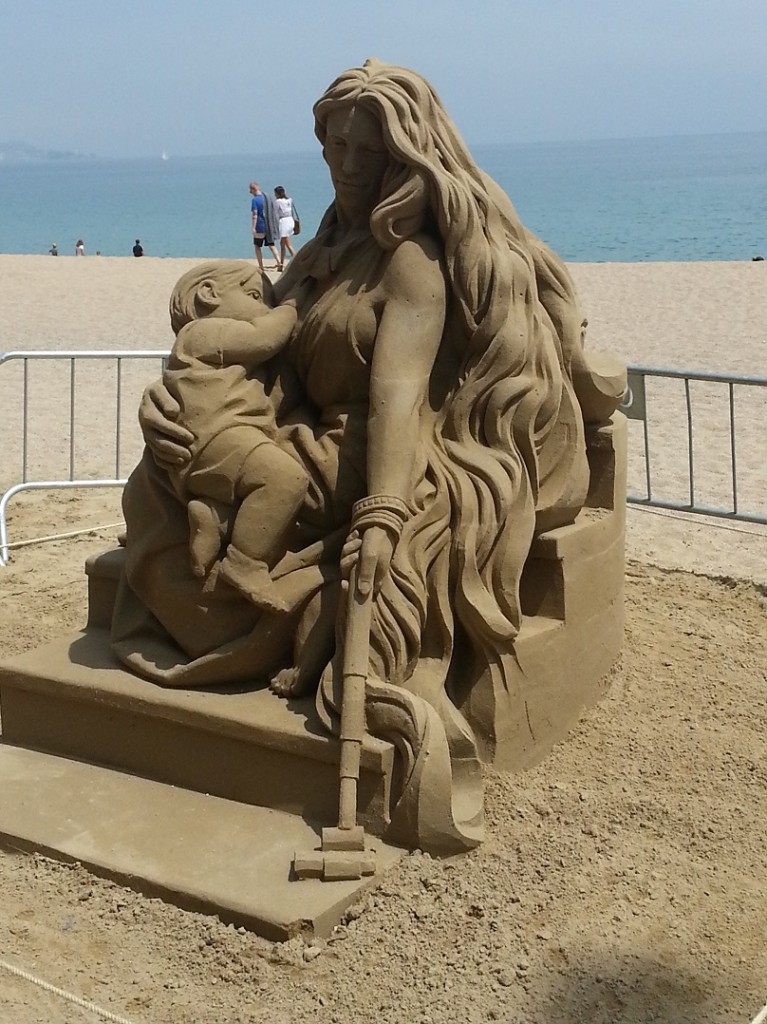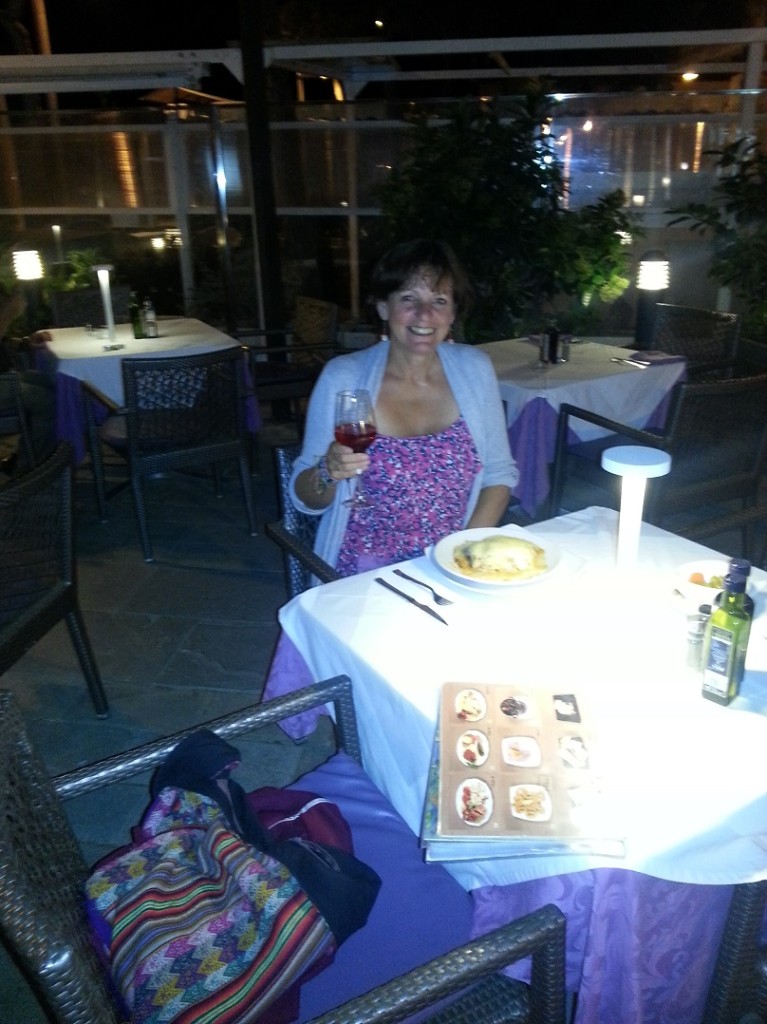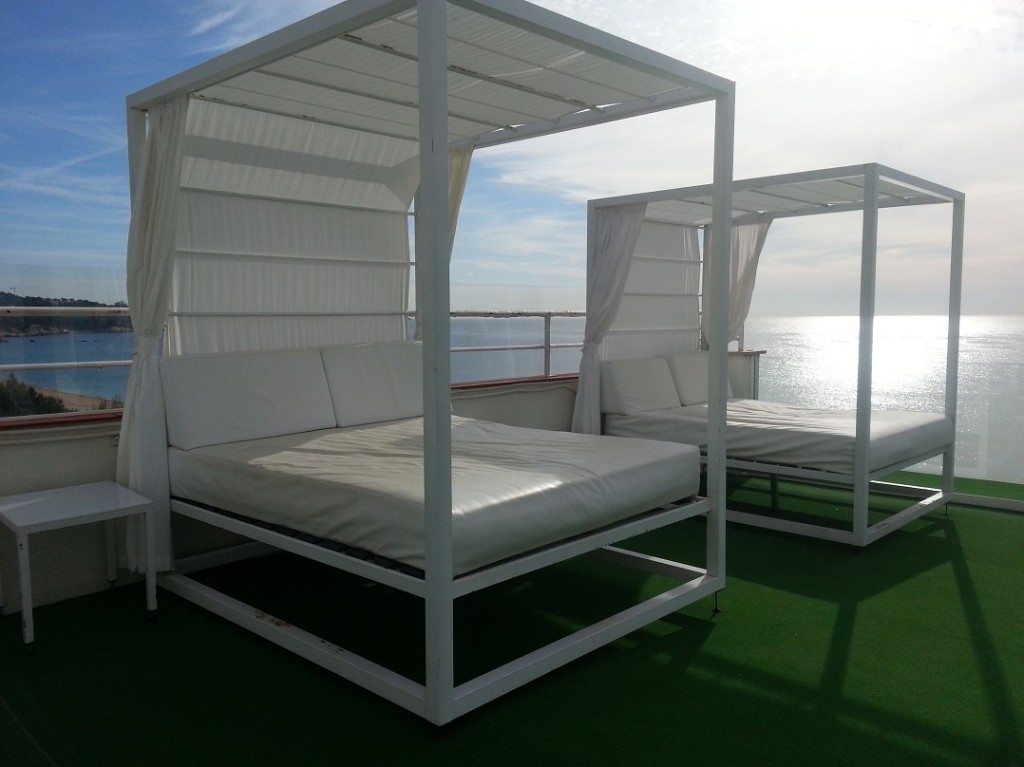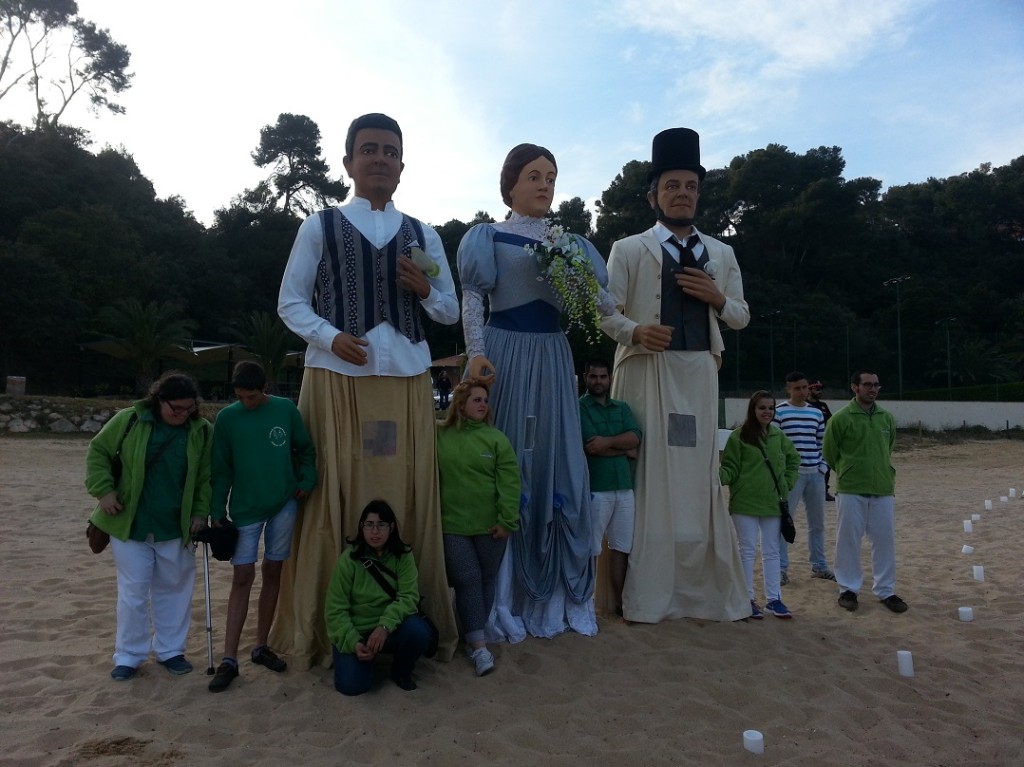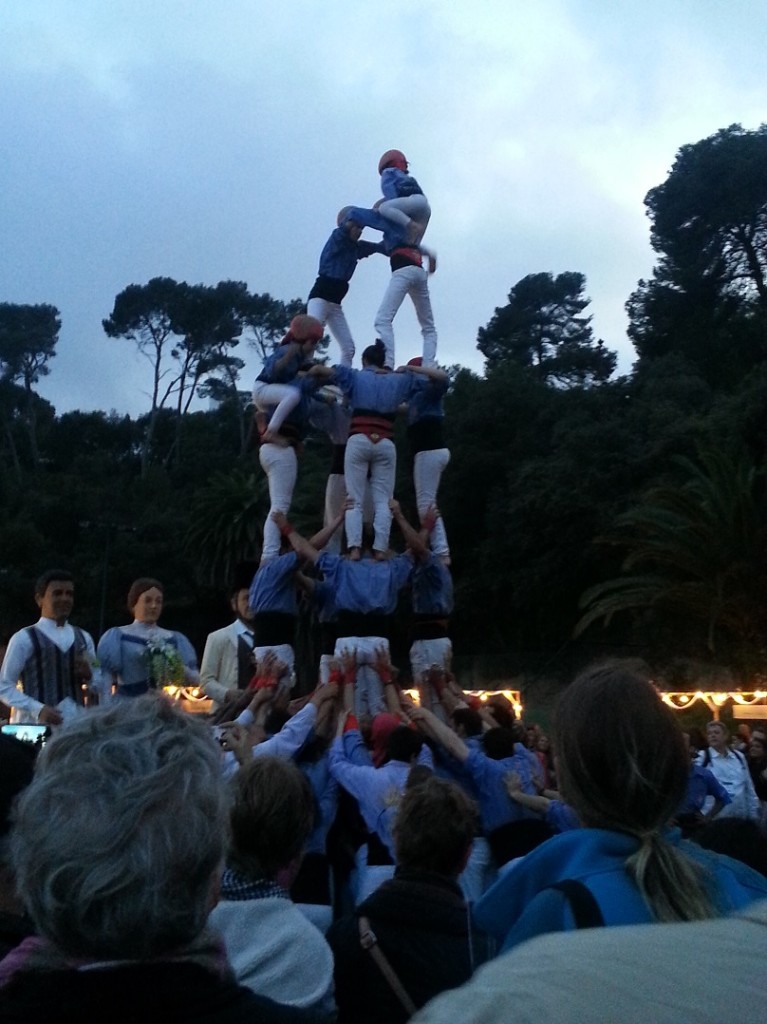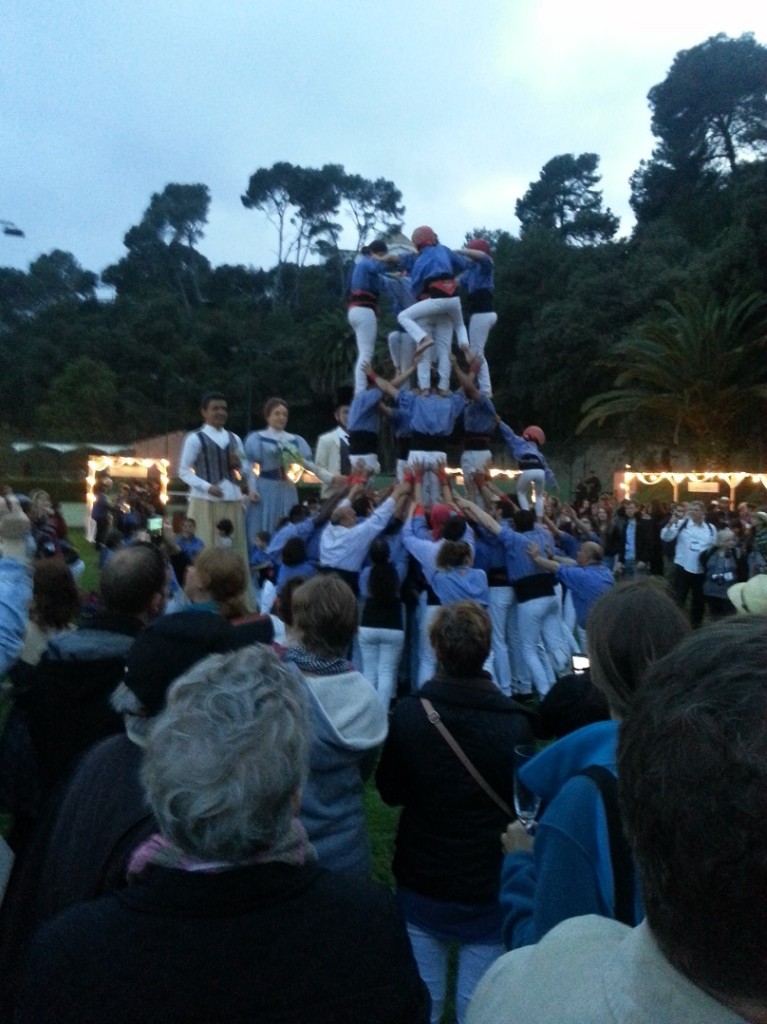
by Jane | Aug 18, 2015 | South America |
What do you know about the coffee industry in Colombia?
Do you want to explore a region which is steeped in the little brown beans that so many of us crave each morning?

checking the crop
An innovative project has been set up in a small mountainous region of Colombia which enables the coffee farmers to add value to their product and allows travellers and tourists to explore the natural beauty of this area
Read my article here to learn about this inspirational project and to learn about the hardships and the joy of farming coffee
by Jane | Jul 21, 2015 | Personal stories |
Change, like laughter lines can creep up slowly when we aren’t looking. One day you look in the mirror and things are different.
My previous article which asked ‘Does Travel Change you?’ (you can read it here if you missed it) showed WHAT some of the external influences are which you can encounter when travelling and how they can change you; but here I want to focus on HOW they changed me.
I am often asked whether I believe that I have changed as a result of travel and if so, in what way am I different. What has travel done to me? As is the norm when change happens very slowly and you are close to it, I didn’t think that I had changed at all; or at least I didn’t until I took a recent visit back to the city where I grew up and I met some people that I hadn’t seen since I left school. And I realised that travel had changed me.
Or at least, how meeting all of the brilliant people that I had met since I set off, people who didn’t know me and who had no preconceived ideas about me had changed my perception about myself.
I can finally say that I like myself and I trust in myself. I am at peace with myself. Mostly. Oh of course I will never be happy with how I look, but I am getting to quite like ME.

Me – the girl who always felt second best – the girl who used to be nervous about dancing at the disco – the girl who got tied up in knots talking to the boys or having to speak out in the classroom.
There is a massive part of my life that is still sad but as somebody recently pointed out to me, at least I have done my grieving. The sadness will always be there but I refuse to allow it to shape me. Believe me, I have been as low as it is possible to go, but now I embrace life and I smile, smile, smile. And while my story is sad, I wouldn’t want to swap if for some of those other stories that are out there.
I can now shrug off the occasional poisonous and very personal comments that some troll or other attempts to post on my blog because a) their comments are so wide of the mark I realise that they have absolutely no idea of the bigger picture or the truth, and b) I am writing this from a hammock by the sea. One nil to me I think.
And I now know that I can cope if I drop my car keys down a filthy storm drain or if I miss my bus connection or if my hostel is fully booked. Standing up and making a speech is a piece of cake compared to walking into a party hostel when happy hour is in full swing. Yes, my stomach still sinks down into my boots but I actually almost enjoy the challenges now and I know that they are just more things to add to my lifetime curriculum vitae (I just think I found the title for a future article)
If I like a guy I tell him. What’s the point in pussy-footing about? Life’s too short and it can change in a heartbeat. And to those boys who used to tease me in school – well when you hook up – albeit for a brief two weeks with the hottest guy in town AND he just happens to be twenty one years your junior – two nil to me!
Personally, I prefer to travel relatively slowly and to get to know a place and some of its inhabitants and to learn what makes it tick. I like to spend long lunches chatting over a cold beer, or evenings enjoying a fiesta or sharing a big pot of food in a hostel with other travellers. I like to volunteer and to give something back – often exchanging my work and my time for accommodation and food.
I like to learn new skills and have new experiences. I like to stretch my mind and my abilities, push my boundaries and bury my fears. And now after two years of living like a nomad, a hippy, a traveller, a backpacker, a gypsy – call it what you will – I think that I can count on one hand the mornings when I have opened my eyes and had a day of boredom, routine or apathy to look forward to.
Contrary to popular belief, most of my days, like those of most of the long term travellers that I know, are very busy – in fact I am often more occupied than I ever was during my old life and when I had a standard working week; but I love my chosen lifestyle and I don’t consider my work now a hardship or a chore.
- Collecting cow poo – smelly but it was only going to be for a couple of weeks at most. And I was surrounded by the most stunning mountain scenery and working alongside some fantastic people.
- Lesson planning – probably the one thing that I enjoy the least, but the pay back when somebody ‘gets it’ is uplifting.
- Hours spent writing articles – more often than not, sheer pleasure, unless up against a deadline – but at least I can find great surroundings and choose to write from a hammock, an historic town square or a little independent coffee shop whilst I slog away.
People often ask me when I am ready to stop travelling and when I will settle down. Well for now, this is my life. It suits me.
I am working, I am giving something back. I believe that I am making a difference. I take each day as it comes, but I am not afraid to stop and change direction if it begins to become difficult or more importantly, I want to try something else.
In the third part of this series asking ‘Does travel change you’ I will focus on Why.
If you have enjoyed this article do let me know in the comments and feel free to share it with your friends Thank you for reading
You can read the first article in the series here: Article 1
The third article in the series is here; Article 3

by Jane | Jun 23, 2015 | Europe |
Do you remember the Spanish beach resorts? Maybe it’s time that you revisited them
The beach resorts of Lloret de Mar and Platja d’Aro
The Spanish beach resorts attract millions of tourists every year. Visitor numbers are influenced by the global economic situation, the success and popularity of other destinations and the reputation of the resorts within different groups. Back in the 80’s this coastline began to attract hoards of young holiday makers (sadly the Brits were tarred with a bad reputation although they were no way alone) – the 18-30 set who were hell-bent on getting drunk, sunburnt and sleeping with as many strangers as possible. Many of the resorts attracted large ex-pat communities who wanted a cheaper cost of living, or elderly visitors who were looking for winter sun so there was this curious disparity between what people were hoping to get from the area. When I last visited the holiday resorts of Spain the bars and restaurants screamed ‘Irish Pub’ or ‘British Fish & Chips’. Karaoke bars, full English breakfasts and bar crawls were the name of the day. Those things are still there but there has been a not-so-subtle change.

Santa Roma, Lloret de Mar
The resorts have reinvented themselves. They have dragged themselves kicking and screaming into the twenty-first century. Progress and modernity go side by side with culture, history and, in the case of Catalunya, a pride and a desire to reclaim their own specific culture and separate identity.

The beach at Lloret de Mar
Streets have been pedestrianised, museums and experience centres have been revamped and there is a greater emphasis on a more wholesome experience. Regional cuisine across Spain is generally excellent and international dishes can be found just about everywhere. There is a big emphasis on fish and seafood and all over the country you will find many of the restaurants offering a ‘Menu del Dia’ during the weekday lunch times. This usually consists of 2 or 3 courses of food plus a drink at a very reasonable price and is extremely popular among the Spanish who treat lunch time with a special reverence and certainly do not rush the meal.
Lloret de Mar
One of the gems of Lloret de Mar is its old town district with narrow streets lined with shops and little bars and restaurants where chairs and tables spill out into the sunshine. A wide promenade backs the beach and the coastal footpath winds its way away from the town and across the cliffs in both directions. High on one of the cliffs is a monument to the fishermens’ wives, watching out to sea.

statue to the fishermens’ wives
These days Lloret de Mar is establishing itself as an activity resort both on the water and off. Yes, there are still bars and clubs and a wild side but there is another side to Lloret, a side which appeals to hikers and kayakers, climbers and cyclists. Defined as an ‘urban beach’ tourist destination, the natural attractions are complimented by additional activities and attractions. The town appears affluent because of the money which was initially invested into it by the Indianos or Americanos. Boatloads of (mainly poor) teenage boys and young men left for Cuba and America in the early 1800s and made their fortunes, mainly in the boat building industries. They returned with their wealth to marry and to settle in Lloret de Mar, constructing grand villas and houses.  This link to foreign lands is also reflected in the modernist cemetery and the rather grand Church of Sant Roma with its domes and mosaics. There are the beautiful cliff top gardens of Santa Clotilda, a comprehensive maritime museum and the Castle of St Joan which watches over the town from its position on the cliffs. There are 13 beaches and coves in the immediate vicinity of the town where you can toast yourself in the sun to your heart’s content whilst if you want to go sightseeing the town has good transport networks to the surrounding towns and Barcelona.
This link to foreign lands is also reflected in the modernist cemetery and the rather grand Church of Sant Roma with its domes and mosaics. There are the beautiful cliff top gardens of Santa Clotilda, a comprehensive maritime museum and the Castle of St Joan which watches over the town from its position on the cliffs. There are 13 beaches and coves in the immediate vicinity of the town where you can toast yourself in the sun to your heart’s content whilst if you want to go sightseeing the town has good transport networks to the surrounding towns and Barcelona.
Platja d’Aro
Further up the coast from Lloret de Mar is Platja d’Aro which has a long sandy beach backed by a pleasant promenade and which is lined with hotels, apartments, restaurants and beach bars. When I was there the sand sculptors were out creating intricate designs from wet sand for an exhibition and the smell of paint was in the air as the bars and cafes prepared themselves for the summer season. But due to the climate and some very clever marketing, Plaja d’Aro has something for everyone all the year around. It’s also very close to the historic city of Girona with good bus links and it has countless shops and little malls which sell everything that you can think of.

Sand art at Platja d’Aro
Wide pavements and large open spaces as well as the huge stretch of beach, coupled with not too many overly high buildings give the resort an upmarket feel, and what was striking, along with the other places in the region that I visited was the cleanliness and attention to detail which is reflected in the smart paving stones and the eye-catching signs which hang outside the various businesses.
The Hotel Planamar
I was fortunate to stay at the Hotel Planamar which is set right on the beach at Platja d’Aro. It is just a couple of streets back from the main road and a short hop from all of the major shops and bars, but due to its position is nice and quiet at night.

Hotel Planamar, Platja d’Aro
I was pleasantly surprised when I saw my room which was very different to the standard hotel rooms that I remembered from the ‘nineties. The bed was in the centre of the room facing the balcony and behind a small wall was hanging space, a washbasin, a fridge and a large, walk-in shower with constantly changing coloured mood lights. The toilet had a frosted glass door which was a bit bizarre but it did give the impression of light and space. I had a TV, a balcony (with a sea view), good free WIFI and a welcome touch of a complimentary bottle of wine.

My room. Not huge but perfect
I stayed at the Hotel Planamar for 6 nights and breakfast was included during my stay. Breakfast was served buffet style in the comfortable restaurant which overlooked the beach and there was a great selection of hot and cold foods, cereals, fruit, toast and excellent coffee. Lunch and evening meals are available here too and must have been good because the restaurant was always busy. Below the hotel was a bar where I saw a lively flamenco show one evening and on another night they hosted a musical duo. The bar also serviced the beach restaurant where food was competitively priced. One night I dined by candlelight and ate a tasty lasagne and wine – feeling like Shirley Valentine as I gazed out to sea and I was periodically chatted to by the attentive waiters and bar staff.

Shirley Valentine – the beach is behind me
The rooftop pool and terraces have also been given an upmarket, modern twist. Large double four-poster sun beds add a touch of glamour and there is a small gym inside a glass cube room with views out over the bay. You can arrange to have a massage or a manicure and the swimming pool is inviting.

Relax in style at the Hotel Planamar
On the ground floor of the hotel there is a comfortable reading area with a TV and a comprehensive library of books to borrow or swap, there is a computer available for guests and a couple of tables and chairs outside by the front door if you want to sit and watch the world go by.

you don’t feel swamped by the tall buildings when you are at the hotel
The staff are very friendly, speak many languages between them, and they will make sure that you have no problems.During my stay the majority of the visitors were from France and there was also a contingent in for the Grand Prix in Barcelona.
Oversized puppets and human towers
Before I finish telling you about this region you may be interested in the gigantes and the castellers.  Whilst not confined to Catalunya the gigantes are massive puppets styled as people. If you are of a certain age you may remember the British game show ‘It’s a Knockout and the hilarious costumes? Well they were styled on the gigantes. The figures can be several metres tall with giant papier mache heads and elaborate clothing. They are operated from within by a person who ‘wears’ them on his or her shoulders. They are a feature of many of the fiestas and while they look totally unreal standing still, when they are moving around they become almost believable in a comedic way. The ‘sport’ of castels is peculiar to Catalunya and is an extravagant team building exercise. Castellers are the people who form these intricate human towers. The necessary bonds between the participants who build the tower produces a strong social cohesion and with competitions and displays taking place throughout the summer between villages and towns, they build community too.
Whilst not confined to Catalunya the gigantes are massive puppets styled as people. If you are of a certain age you may remember the British game show ‘It’s a Knockout and the hilarious costumes? Well they were styled on the gigantes. The figures can be several metres tall with giant papier mache heads and elaborate clothing. They are operated from within by a person who ‘wears’ them on his or her shoulders. They are a feature of many of the fiestas and while they look totally unreal standing still, when they are moving around they become almost believable in a comedic way. The ‘sport’ of castels is peculiar to Catalunya and is an extravagant team building exercise. Castellers are the people who form these intricate human towers. The necessary bonds between the participants who build the tower produces a strong social cohesion and with competitions and displays taking place throughout the summer between villages and towns, they build community too.

Castellers in action
The base of the tower spreads itself out with people all having a very specific role to play, muscles are tensed and nobody can drop their guard for a moment. From this strong base a tower forms with people holding tight to each other and winding hands around the scarfs and belts worn by others. Once the tower is complete – and they have been known to be 13 levels high (that is higher than a house) the smallest agile children often as young as 4 years old clamber up to the very top where they hold their hands up to symbolise the unfurling of the Catalan flag.
The watching crowd will hold their collective breath as the youngsters slowly make their way back down to safety, followed by the others. It is not uncommon for the tower to topple or for people to be seriously injured but that doesn’t prevent children following their parents into the sport. The smaller children now wear specially designed helmets – hard on the inside yet padded outside so as not to hurt anybody that they may fall upon.

*******
So forget anything that you remember of these seaside resorts from the 70’s, 80’s and the 90’s. The entire region has re-branded and dragged itself well and truly into the 21st century.
*******
Travel Tips and Useful Bits
Both Lloret de Mar and Platja d’Aro lie to the north of Barcelona and are served by good bus routes to and from the cities of Barcelona, Girona and the two airports. They lie on the Coasta Brava – the wild coast which has similarities with the Cornish coastline with rugged cliffs, charming deserted coves and small villages.
You can get some excellent informative maps of the regiona by clicking on this link to the Girona Tourist Guide Map#3 – the Girona Province Map (or Treasure Map) shows the entire region and has information on the major points of interest as well as many suggested routes.
If you have access to a car you may like to follow the Garden Route, the Castle Route or the Volcano and Lake Route to name but a few. This information, plus much more is available at the Girona Tourist Guide but you should also check out the official site at the Girona Tourist Board
During the Temps de Flors (the Girona Flower Festival) maps are available with every official floral display marked on them. You can pick one of these up at the Tourist Office in Girona or from one of the many guides who are on the streets during the festival.

One of the displays at the Temps de Flors

by Jane | Mar 31, 2015 | Destinations, Estonia, Europe |
Dramas have been haunting us on this trip so far and we were now on drama #4. Loading up the van in readiness to leave Tallinn we noticed that its side door had been forced, probably with a screwdriver. Luckily, we had taken most things of value into the hotel with us but bizarely, while the binoculars, a laptop, memory stick and the awesome 9-speaker music system had been ignored, a suitcase of socks was stolen!

our trusty transport
We left Tallinn minus the socks and we drove south along arrow straight roads, music blasting out and the sun warming us. It felt so good to be on the road again. The landscape in this part of Estonia is flat, flat and more flat, with tilled fields stretching far out over the horizon and swathes of green pine and juniper trees bunching together with their roots swilling around in peaty bogs and pools of water. We caught up with a convoy of military vehicles who were swaying and bouncing along the highway, each with a soldier on top and a very large machine gun. Overtaking and picking off each truck one at a time, we eventually arrived at our destination of Haapsalu.

The Jahta Hostel, Haapsalu
S had been here in Haapsalu once before for the AuugustiBluus Music Festival. All that I can say is that it must have been a good festival with much beer because he was convinced that it had taken place on an island! It isn’t on an island but water is everywhere in Haapsalu. It sits on a spit of land which juts out into the bay and is next to a saltwater lagoon. There is also a huge castle bang in the old town center which is where the festival happens but for now, the town was deserted.
We pulled up at our planned hotel – the Jahta Hostel – to find that was also deserted; we were just about to leave when Henri the owner found us. He had been down on the jetty fishing, but he broke off from his activity and welcomed us and showed us into our room. S, who had been suffering from the flu promptly fell into bed and dropped off to sleep for two days while I set off to explore the town.

The castle at Haapsalu
Haapsalu is small and is completely dominated by the massive castle. This morning, half of the current population appeared to be sat along the water’s edge quietly fishing, the other half were in the tiny little cafe. I walked and I found a large graveyard with wrought iron crosses instead of headstones, a lady dressed up in a costume in the little museum and a tall wooden birdwatching structure that swayed alarmingly once I was at the top, but which had great views out over the reed beds and the estuary.

The view over the bay at Haapsalu
We spent a lovely restful couple of days at the Jahta Hostel (click here to read about the history of the hotel and what Henri plans to do with the fish that he caught) and we never tired of the views across the bay. You can feel the clear air rejuvenating you as you breathe deeply and the play of the sunlight on the water changes by the second. One morning I woke early and the water was streaked with blood red, crimson and black streaks as the sun rose above the horizon. It looked solid like thick paint but by the time I had reached for my camera it had altered again.

sunrise over the bay
Eventually it was time to leave and so we set off again, continuing south and to the ferry to take us to Estonia’s largest island, Saaremaa. The crossing was smooth and we drove across the island to the only town which is called Kuressaare. En route we paused to take a look at the meteorite crater at Kaali, which was interesting because of how it had been formed but was, at the end of the day, just a large pond of water.

The meteorite crater at Kaali
We found our hostel in Kuressaare which was nothing special apart from Meida the adorable, lovely, wonderful receptionist. The hostel consisted of three available rooms to book within the town’s university halls of residence, although in the summer the whole building is opened up to tourists.

The lovely Meida
And then we had another drama (#5 if you don’t count the flu) when S had a massive toothache which spread to his whole jaw and which necesitated a visit to the dentist at the PolyClinic. A very dour lady dentist agreed to x-ray S’s mouth – once we had got past the language barrier and she realised that he had toothache and was not searching for a solution for alcoholism (by now the combined pain and lack of sleep did give S a slightly haunted look). Massively strong antibiotics were recommended which we bought over the counter without a prescription. Worthy of a mention here is that all of the corridors of the PolyClinic had shoes neatly parked outside each door – where it is polite, necessary and etiquette to remove them before entering.

Leaving the tiny port for Saaremaa
And so S took to his bed again and on a cold, semi-cloudy day I drove the van into town to visit the castle. It was amazing with a magnificent interesting museum inside the very well preserved building. Towers and turrets and interesting exhibitions about the history of Estonia and Saaremaa, the Russian occupation and the very recent re-gaining of independance were all fascinating, but they also coincided with a partial eclipse outside. I took myself out and due to the cloud I was able to watch the eclipse unfold. I may have not had blue skies or a full eclipse but the setting alongside the castle was quite special.
Then the clouds thickened and the blue skies which we had been blessed with so far disappeared and it began to snow.
